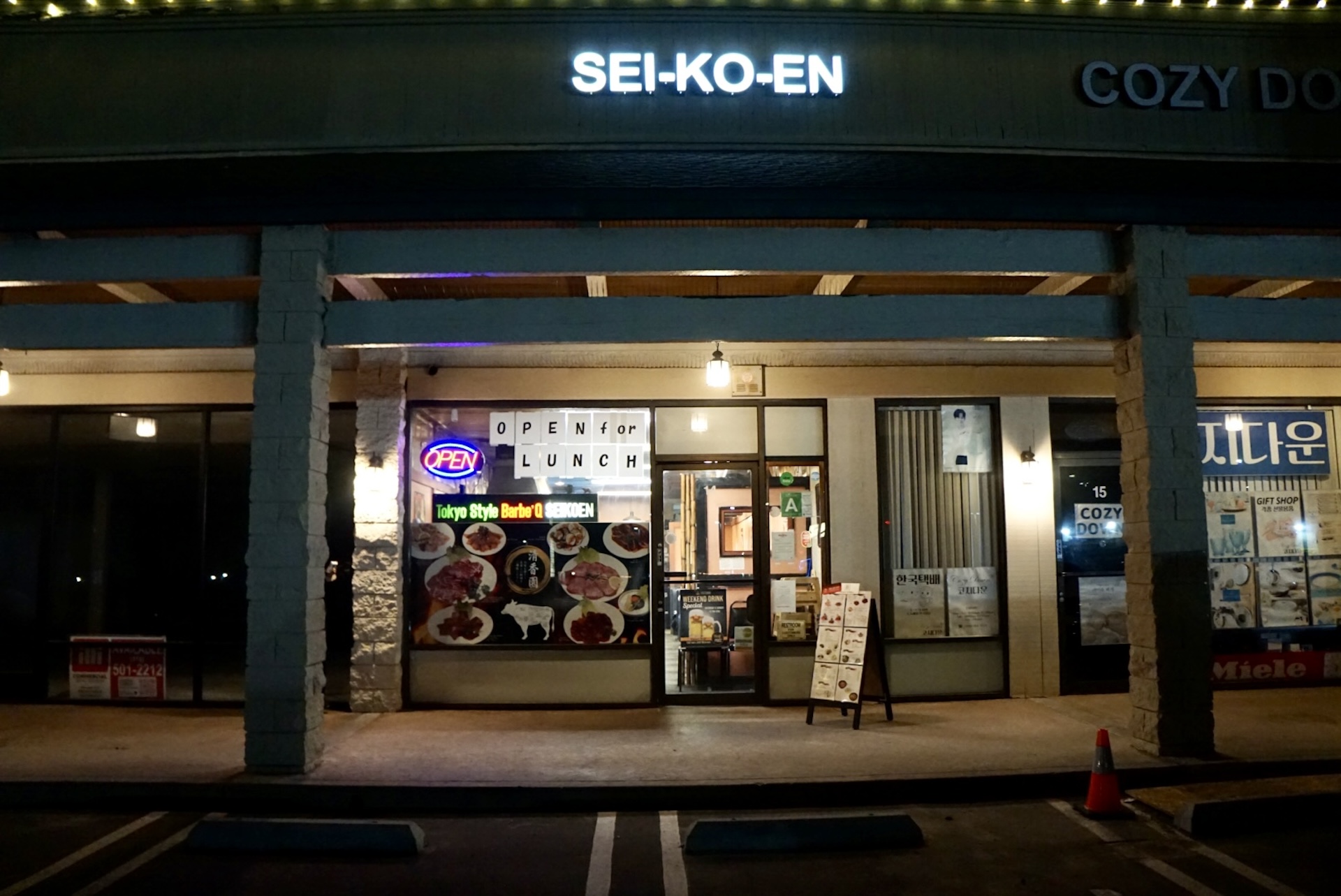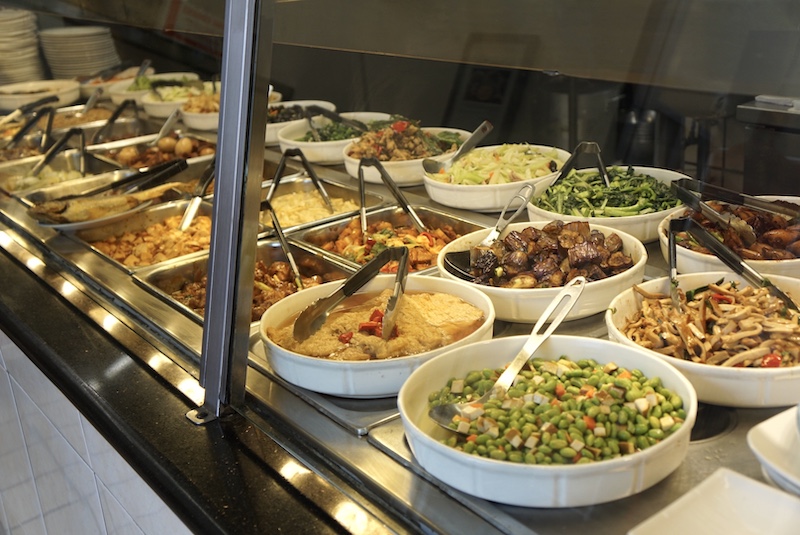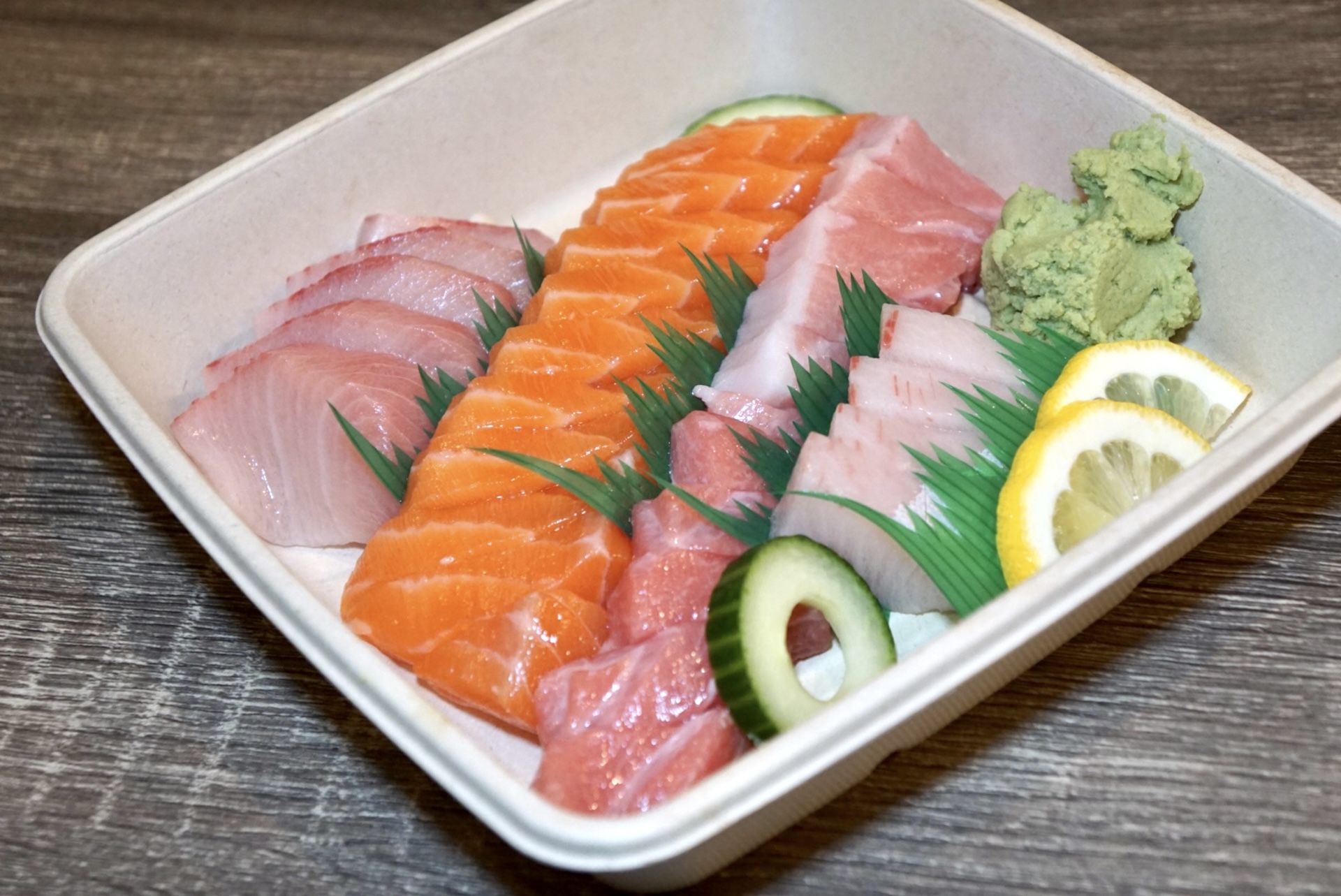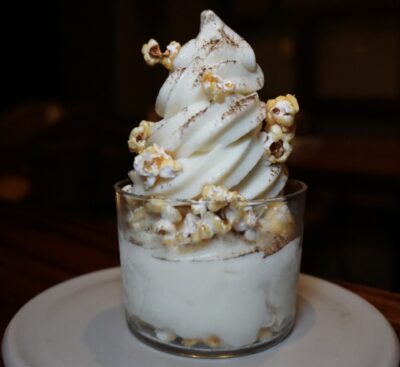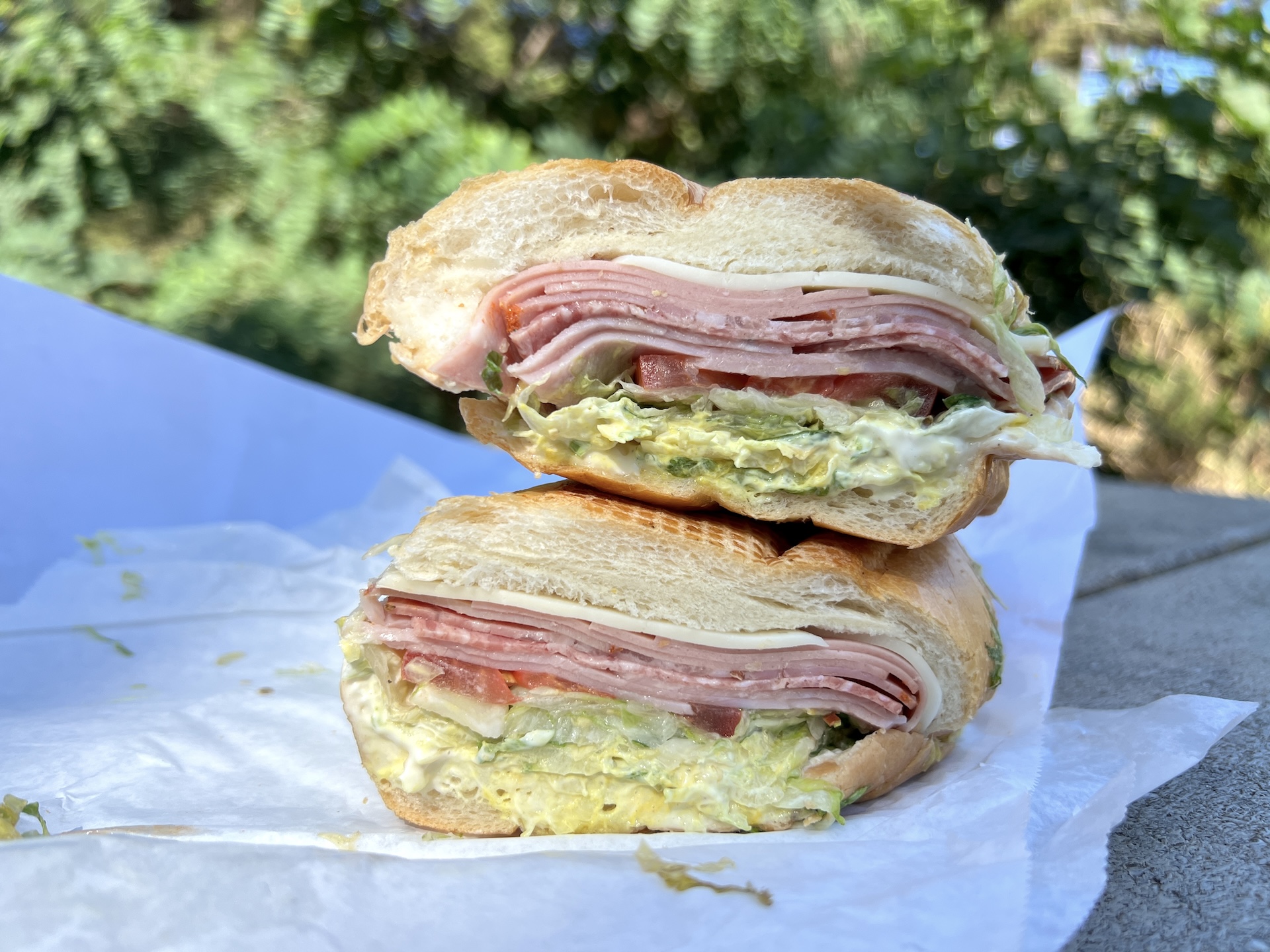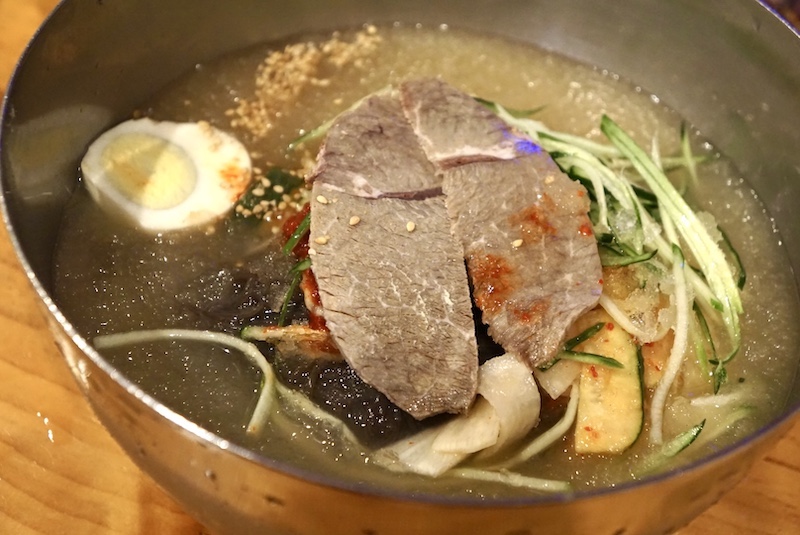We can't find the internet
Attempting to reconnect
Something went wrong!
Hang in there while we get back on track
Search results for "Fiona Chandra"
Los Angeles
Sei-Ko-En: The Grill Deal
Inside Sei-Ko-En, a small strip mall restaurant on Sepulveda Boulevard in Torrance, smoke rises from the small grills. Japanese and English conversations can be heard over the sizzle of meat cooking. Just like at yakiniku joints around Japan, customers at Sei-Ko-En grill their own meat, which is accompanied by plates of kimchi and steaming bowls of yukgaejang (a spicy Korean soup with shredded beef). Yakiniku has its roots in Korean barbecue and this style of grilling meat was introduced to Japan by Korean immigrants, so it’s very common to see traditional Korean dishes served at yakiniku restaurants as well.
Read moreLos Angeles
Lu’s Garden: Congee Craftwork
At lunchtime, a line starts to form in front of Lu’s Garden in San Gabriel. Right in front of the entrance is a narrow walkway and a long counter with a line of buffet trays filled with braised pork, lap cheong (a type of dried, sweetened Chinese sausage) and more. Stacked behind them are bowls filled with more dishes like sautéed string beans and bok choy. The kitchen staff can be seen replenishing the various buffet trays seemingly every five to ten minutes, keeping them full as hungry patrons file through. Both dine-in and takeout customers choose their dishes based on what’s at the counter – there are more than enough options, as Lu’s Garden generally has fifty different dishes at a time.
Read moreLos Angeles
Sumac Mediterranean Cuisine: Hollywood Beginning
For Eli Berchan, it certainly seemed like the universe was telling him to open his Lebanese restaurant, Sumac Mediterranean Cuisine, in Hollywood. Prior to coming to Los Angeles, Berchan was living in Lebanon and working in event management and organizing destination weddings. At the end of February, 2020, he had come to Southern California to attend an industry conference. “The last day of the conference was Covid day one, and I ended up being stuck here,” Berchan recalled. Since he wasn’t able to go back to Lebanon, he rented a place in Hollywood, and soon found out the owner happened to be Lebanese. Berchan was doing some private cooking to get by and sent his landlord, Ferris Wehbe, some traditional Lebanese food he had prepared to thank him.
Read moreLos Angeles
Yama Sushi Marketplace: Forty Years of Fresh Fish
Scott Kohno knows when a new customer is about to come into Yama Sushi Marketplace because he hears the locked front door rattling. As the store’s regulars are already well aware of, the front door isn’t used at Yama. There’s a sign out front that directs customers to enter through the back door, where the parking lot is located. The small store is divided into two rooms. Upon entering from the back door, there’s a small table in the center with cute Japanese stationery items, and pantry items and bottles of sake line the shelves to the right. A refrigerator on the left is full of cold drinks, nigiri sushi, and sushi rolls that have been packed that day. The second room is where one finds the heart of Yama Sushi Marketplace: the fish counter. Hungry customers take numbered tickets and wait their turn to get freshly sliced sashimi.
Read moreLos Angeles
Best Bites 2024: Los Angeles
It has been another great year of dining in Los Angeles, with new restaurants to explore and old favorites to revisit. The L.A. food scene is going as strong as ever and we’ve had a lot of outstanding meals this year. It’s always a difficult task to narrow down the best bites of the year, but looking back at the past year, these are the dishes that left a strong impression and live rent free in my head. Los Angeles has a dearth of Portuguese restaurants, but that changed with the opening of Barra Santos, a tiny restaurant in the Cypress Park neighborhood. I would happily return to Barra Santos for one thing on the menu: bifana, the classic Portuguese pork sandwich.
Read moreLos Angeles
Eastside Italian Deli: A Century of Sandwiches
In a relatively young city like Los Angeles, not many places have been open for more than 90 years, and even fewer have been open that long while staying relatively under the radar. Eastside Italian Deli is a delicious exception, having been around in the neighborhood that is now known as Victor Heights since 1929 (though it originally opened as Eastside Market). A small neighborhood between Chinatown and Echo Park, Victor Heights is often called the “Forgotten Edge,” but it was once home to a community of Italian immigrants who shopped at places like Eastside Market on a regular basis. These days, Eastside Italian Deli gets a steady stream of diners on weekday afternoons, from blue collar workers to high school students on summer break.
Read moreLos Angeles
Summer Slurps: The Best Cold Noodles in L.A.
For a large part of the world, eating cold noodles is one of the best ways to beat the sweltering heat of the summer, whether the strands are served with a dipping sauce or sitting in an ice cold broth. The history of cold noodles may not be as well studied as the history of the noodle itself, but we can imagine people have been eating cold noodles for as long as noodles have been around when the weather warms up. Somen is believed to be the oldest Japanese noodle (circa the 700s) and is typically served cold with a dipping sauce. In Korea, a cold noodle soup called naengmyeon has been around since the Joseon Dynasty (1392-1897).
Read more